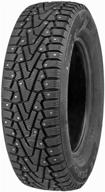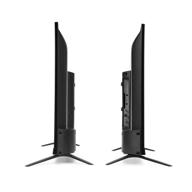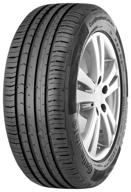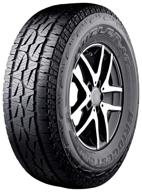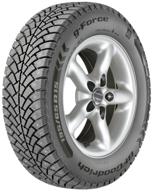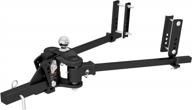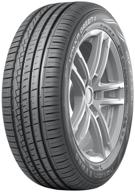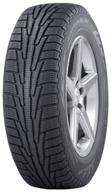- - Move carefully over bumps, joints in the roads, and tram lines (which run flush with the road), of course, while keeping reasonable expectations in mind. It is necessary to travel across the asphalt joints that include rails at a pace comparable to that of a pedestrian. — Maintains composure even when changing lanes on a route that has water accumulated in a rut. I don't do a lot of driving in the rain, but when I do, I want to keep everything as smooth as possible, and this tire makes that possible for me. I haven't experienced any hydroplaning yet, and I think the off-road tread has a lot to do with that. — Excellent traction on both the primer and the sandy road.
- - The dynamics of acceleration have been reduced. - Braking and handling on pavement (both dry and wet) is significantly poorer than on road tires. Especially turns on wet pavement, which causes the front axle to blow, despite the fact that I "laid" quite a little in some of those corners. To be clear, this is not a racing tire; rather, it is intended for a smooth ride with moderate cornering. This point must not be overlooked. - When traveling on a packed sandy road that has been leveled by a grader, a discernible vibration and hum may be heard coming from the rubber tires of the vehicle. - In my experience, it is not very well balanced, and while traveling at speeds of approximately 75 to 80 miles per hour (120 to 125 kilometers per hour), it makes a very noticeable impact on the steering wheel. Other than that, bearable vibrations are there at different speeds; nevertheless, I have been accustomed to them after a long period of time because they are present on virtually any type of rubber (in my experience with this car).






